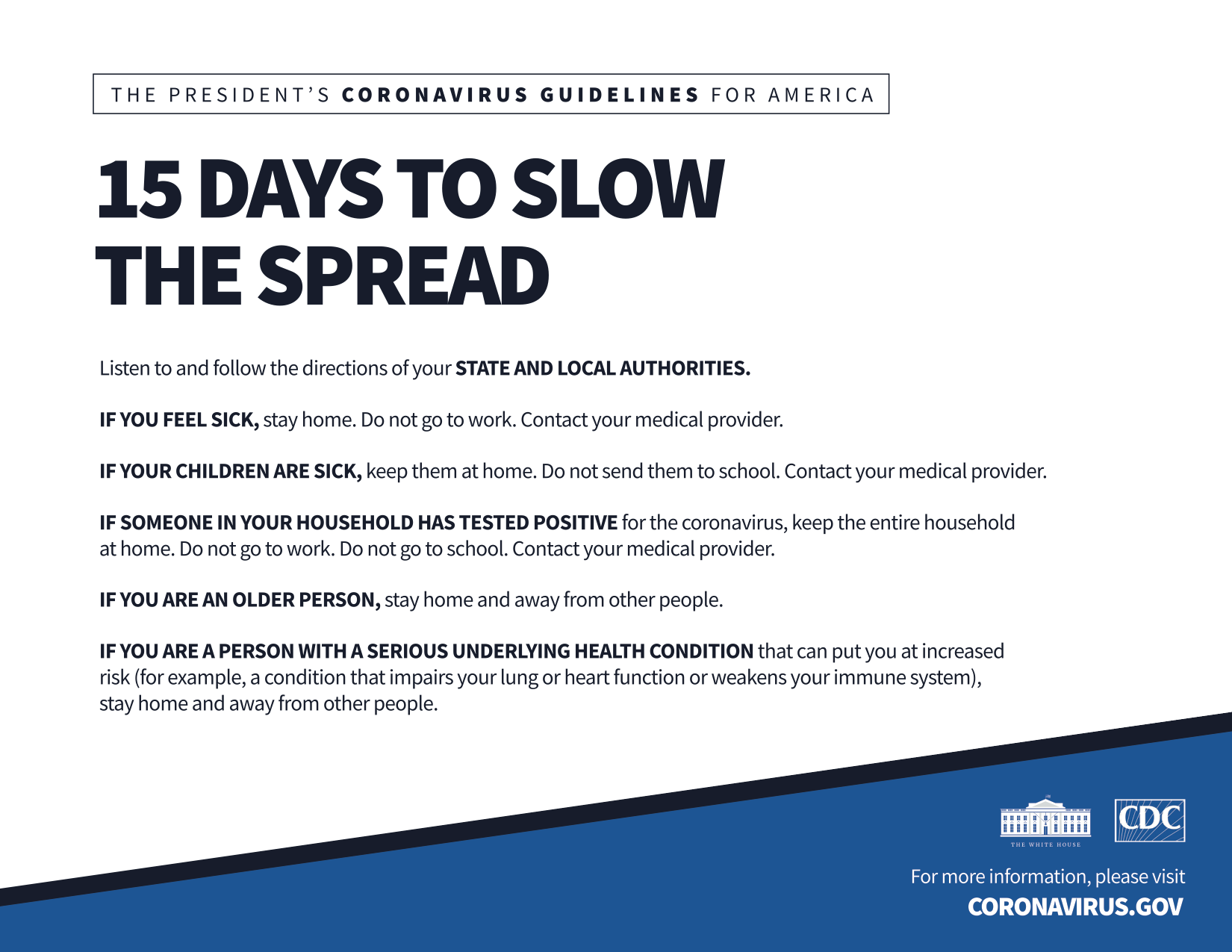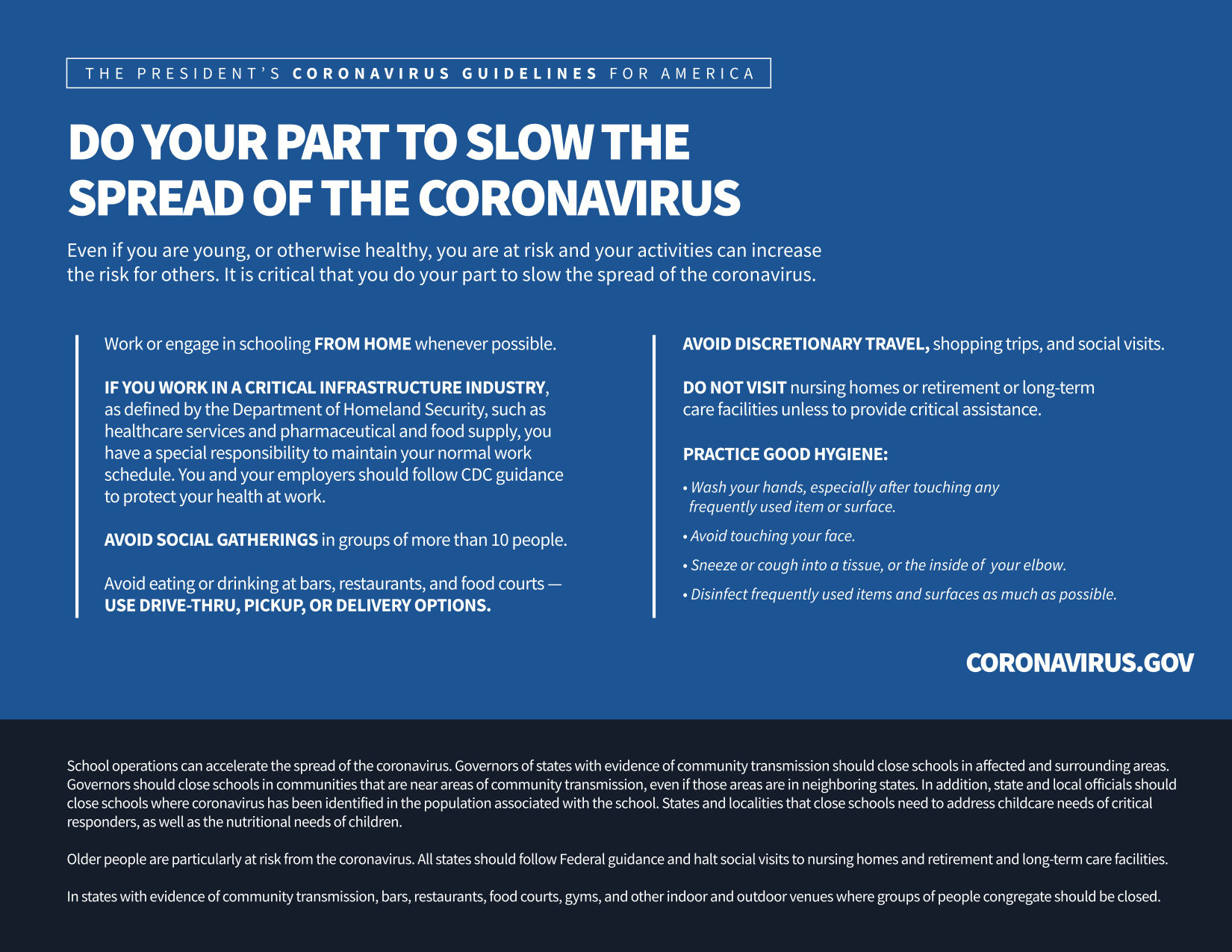The recent coronavirus (COVID-19) outbreak is a rapidly evolving situation with new information available each day. It’s important for families to stay up to date on trustworthy facts. These resources provide reliable information and the latest news on COVID-19.
A new respiratory virus that caused severe pneumonia was first identified in Wuhan City, Hubei Province, China. The virus is now spreading person-to-person in growing numbers in greater than 50 countries.
Different parts of the country are seeing different levels of COVID-19 activity. The United States nationally is currently in the initiation phases, but states where community spread is occurring are in the acceleration phase. The duration and severity of each phase can vary depending on the characteristics of the virus and the public health response.
Coronaviruses are a large family of viruses that are common in humans, and others, such as animals. Occasionally, we see new (novel) coronaviruses that have not previously been described in humans. There are many types of human coronaviruses, including some that commonly cause mild upper-respiratory tract illnesses.
This virus was originally thought to have emerged from an animal source that infected humans, but now we are seeing the virus spread from person to person. At this time, it is unclear how easily this virus is spreading between people.
It can cause mild cold-like symptoms as well as severe pneumonia requiring ventilator support. It can be virulent and cause severe pulmonary disease, which we have seen in previous outbreaks with Severe Acute Respiratory Syndrome (SARS) and Middle East Respiratory Syndrome (MERS).
The current understanding of how this virus causes COVID-19 is based on what we know about coronaviruses in general. This virus is spread mostly person to person. Like the common cold, it is spread by droplets, which are often generated when a person coughs or sneezes. One can be exposed when in close contact (within 6 feet) to someone who is sick. People are thought to be most contagious when they have symptoms. There have been reports of people becoming sick after contact with someone with little to no symptoms (asymptomatic) but this is not thought to be the main method of the virus spreading in the community.

The virus that causes COVID-19 seems to be spreading easily and sustainably in a community where it is thought that for every 1 person that is infected, that potentially 2 other people can get the infection if they do not protect themselves with simple preventive measures, such as hand hygiene. There has been description of one infected person spreading to more than 2, but these are rare scenarios.
This virus is thought to be more contagious than the seasonal flu but much less than other highly contagious viruses, such as measles or chickenpox.

Everyday preventive actions to help prevent the spread of respiratory viruses will work with this novel coronavirus. Those actions include:
Current symptoms reported for patients with COVID-19 have included mild to severe respiratory illness with fever, cough and difficulty breathing.
The CDC believes that symptoms may appear anywhere from 2 to 14 days after exposure
If you develop a fever or symptoms of respiratory illness, such as cough or shortness of breath, you should call your physician.